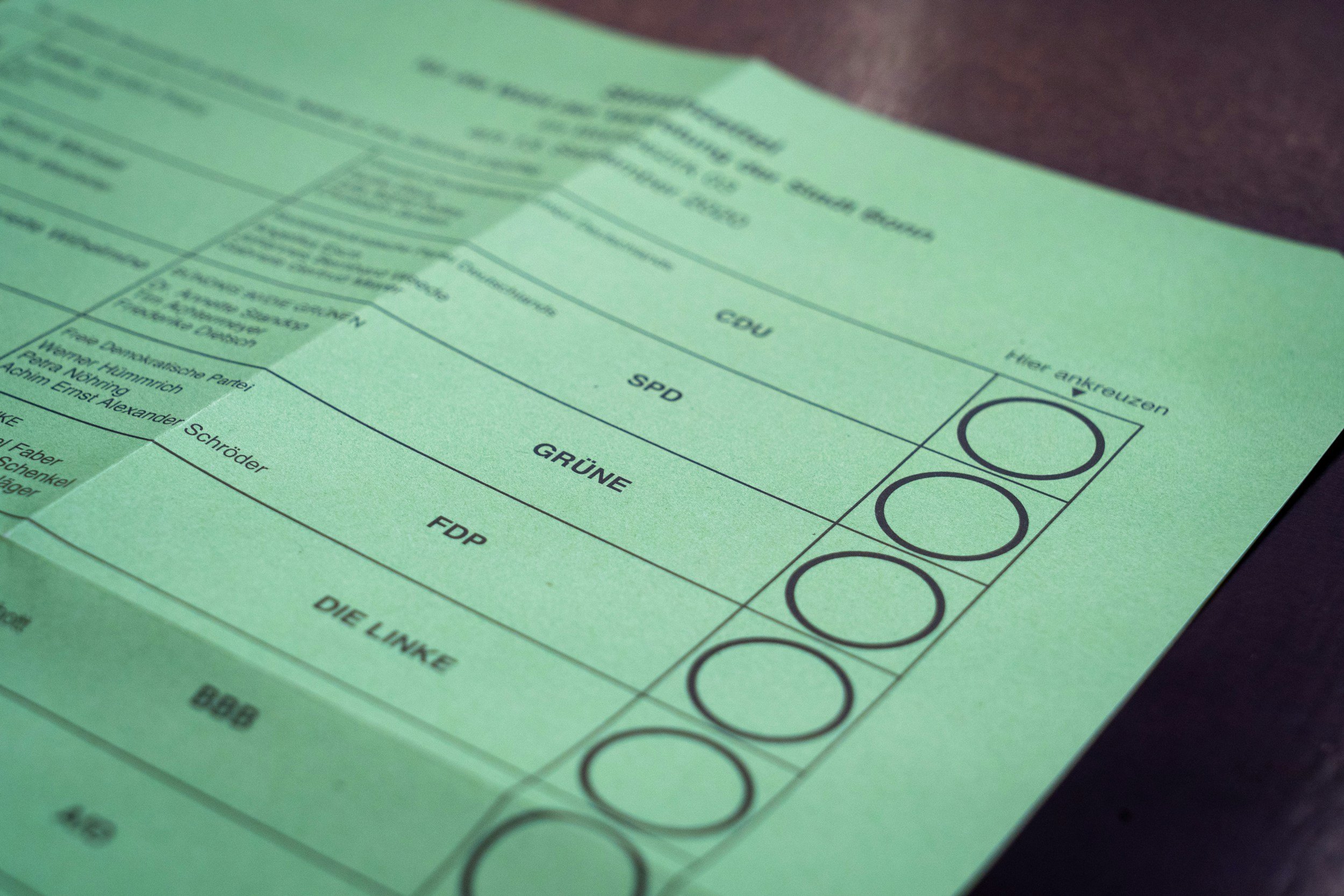
Wolfendale System
Australia-Specific Context
Issue #1: Due to being a federation of states it is traditionally the case that electoral districts do not cross state boundaries. At the time of writing this, there are 151 members of parliament with 25.5 million people, both as of the 2019 census and election. This makes it such that each electorate contains an average of just under 170,000 people, though some variation exists. To remain in approximately similar proportions without crossing boundaries there is the specific case that the Northern Territory, Australian Capital Territory, and to a lesser extent Tasmania will be over-represented.
Response: It is not recommended that the convention of not crossing state boundaries be overturned. It is in fact considered a desirable consequence that self-governing regions be over-represented in such a circumstance because to keep apace with the nation such locations require more focused investment. If NT goes up from 2 to 5 and it causes the government to incentivise developing the area in a sensible way then that is considered a good thing.
The present system can fail these areas with situations where, for example, the NT is typically safe Labor territory, so there’s no motivation for the Liberals to argue about investing in it, and there’s no incentive for Labour to invest there to keep its seats. A 5 person multi member electorate there would effectively guarantee that both sides have voices from that area. (Based on last election numbers we’d have had 2 libs, 2 labour and 1 green in the NT under this model.) This allows for sufficient representation to prevent party-based neglect.
An over-represented area, properly invested into with the benefit of bipartisan representation, should experience improved development and population growth, consequently negating the issue of over-representation over time. i.e. There being over-representation of neglected areas is itself the cure to having over-represented areas.